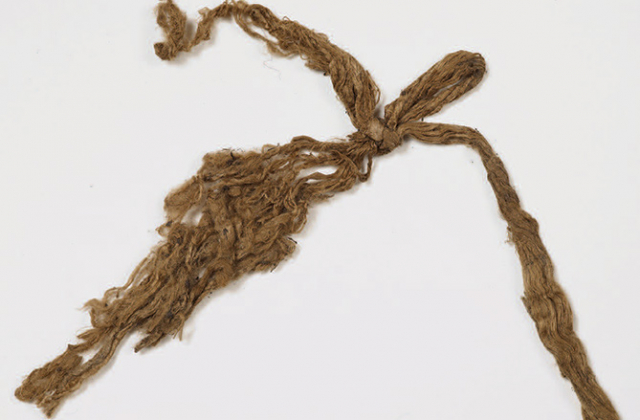A probable silk heirloom from Central Asia...
Historian article

... recovered from a late tenth-century building in Dublin
This article explores precious fragments of silk, manufactured in the Byzantine Empire and Central Asia, discovered in archaeological excavations in Dublin.
Dublin, situated on the east coast of Ireland, grew out of a fortified riverside camp (longphort) for overwintering marauding Vikings or ‘northmen’, who were plundering wealthy ecclesiastical establishments from the late eighth century seizing shrines, reliquaries and liturgical objects which were then remodelled as personal ornaments and food vessels as many finds from West Norway show. Gradually Dublin, along with other well-protected riverside sites in Ireland, such as Annagassan further north and Woodstown in the south, was absorbed more fully into the far-reaching Viking world and it developed into a significant slave trading emporium with a mixed if transient population. It was refounded as a dún (Old Irish for town) in 917 after most of the early Scandinavian settlers had been expelled as a consequence of family rivalries in 902 with many sailing across the Irish Sea to Chester and then travelling via the Ribble valley to York. Subsequently the settlement rapidly expanded into a thriving trading centre frequented by merchants from many regions and was ruled by a succession of kings of partly Scandinavian lineage until their supremacy diminished after the battle of Clontarf in 1014 and the overthrow of Sitriuc mac Amlaib (also known as Sigtrygg Silkbeard) by Echmarcach mac Ragnall in 1036...
This resource is FREE for Historian HA Members.
Non HA Members can get instant access for £2.49

